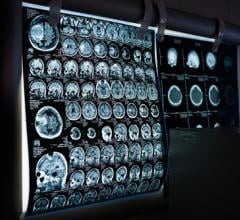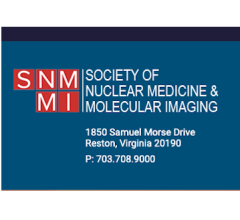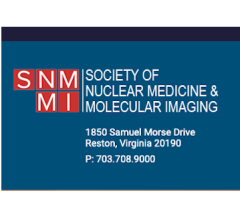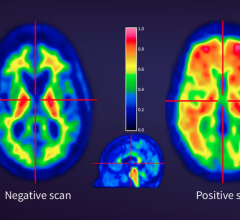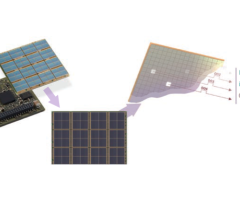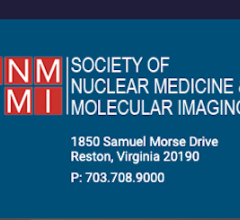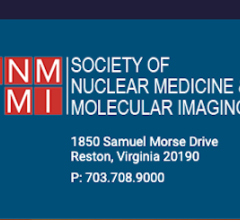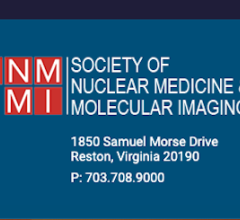Nov. 18, 2025 — Siemens Healthineers positron emission tomography (PET) radiopharmaceutical companies PETNET Solutions Inc. and Advanced Accelerated Applications (AdAcAp) Molecular Imaging have been rebranded as Siemens Healthineers, effective immediately.
PET Imaging
Positron emission tomography (PET) is a nuclear imaging technology (also referred to as molecular imaging) that enables visualization of metabolic processes in the body. The basics of PET imaging is that the technique detects pairs of gamma rays emitted indirectly by a positron-emitting radionuclide (also called radiopharmaceuticals, radionuclides or radiotracer). The tracer is injected into a vein on a biologically active molecule, usually a sugar that is used for cellular energy. PET systems have sensitive detector panels to capture gamma ray emissions from inside the body and use software to plot to triangulate the source of the emissions, creating 3-D computed tomography images of the tracer concentrations within the body.
Dec.16, 2025 — Three international nuclear medicine organizations — the SNMMI Clinical Trials Network (SNMMI-CTN), the ...
Nov. 18, 2025 — Siemens Healthineers positron emission tomography (PET) radiopharmaceutical companies PETNET Solutions ...
Oct. 30, 2025 — Sirona Medical has received U.S. Food and Drug Administration (FDA) 510(k) clearance for its Sirona ...
Digital technology is opening remarkable opportunities for clinical positron emission tomography (PET) about which ...
Oct. 22, 2025 — Vistim Labs has announced that its flagship product, Ceregram, is officially ready for launch in ...
Oct. 16, 2025 — A strategic collaboration between UC San Diego Health and GE HealthCare will focus on bringing advanced ...
Oct. 6, 2025 — GE HealthCare has announced a strategic collaboration with Erasmus MC University Medical Center (Erasmus ...
Precision can have an enormous impact on patients. From diagnosis to patient monitoring (see “How Digital PET/CT Can ...
Sept. 20, 2025 — A promising new PET tracer can visualize a protein that is commonly overexpressed in triple-negative ...
Sept. 11, 2025 — A new PET tracer can provide insights into how spinal cord injuries affect not only the spinal cord ...
Aug. 13, 2025 — A new study from Denmark shows for the first time that men with biochemically recurrent prostate cancer ...
PET is getting ready to venture outside oncology, cardiology and mainstream neurology. High on the list of new clinical ...
Aug. 5, 2025 — New Lantern has announced the launch of two specialized viewer modes: the Mammography Viewer Mode and PET ...
July 22, 2025 — GE HealthCare has topped a U.S. Food and Drug Administration (FDA) list of AI-enabled medical device ...
Jun. 24, 2025 — GE HealthCare has announced that the U.S. Food and Drug Administration (FDA) approved an updated label ...
Analog is approximate. Digital is specific. Therein lies the fundamental difference between digital PET and its analog ...
June 19, 2025 – dGenThera, Inc., a biotechnology company pioneering theranostic molecular pairs, and Nusano, a physics ...
June 23, 2025 — GE HealthCare’s commitment to advancing precision care in cardiology through its molecular imaging ...
June 19, 2025 — Building on a collaboration that spans more than three decades, GE HealthCare has renewed its research ...
May 30, 2025 — GE HealthCare recently announced that the NCCN Clinical Practice Guidelines in Oncology (NCCN Guidelines) ...
Jan. 30, 2025 – Earlier this month, the Society of Nuclear Medicine and Molecular Imaging (SNMMI) and the Alzheimer’s ...
Jan. 24, 2025 —The Society of Nuclear Medicine and Molecular Imaging (SNMMI) and the European Association of Nuclear ...
Jan. 8, 2025 – The Society of Nuclear Medicine and Molecular Imaging (SNMMI) and the Alzheimer’s Association have ...
Nov. 25, 2024 — GE HealthCare has announced it is woking with Peter MacCallum Cancer Centre in Melbourne, Australia, to ...

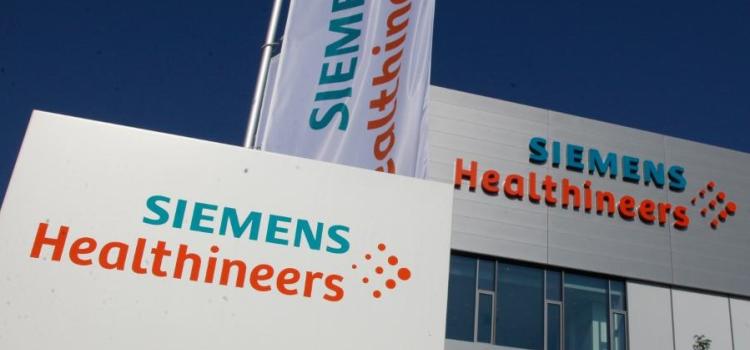




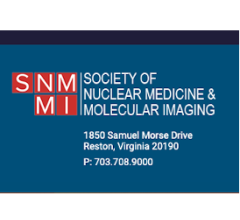
 December 16, 2025
December 16, 2025 




